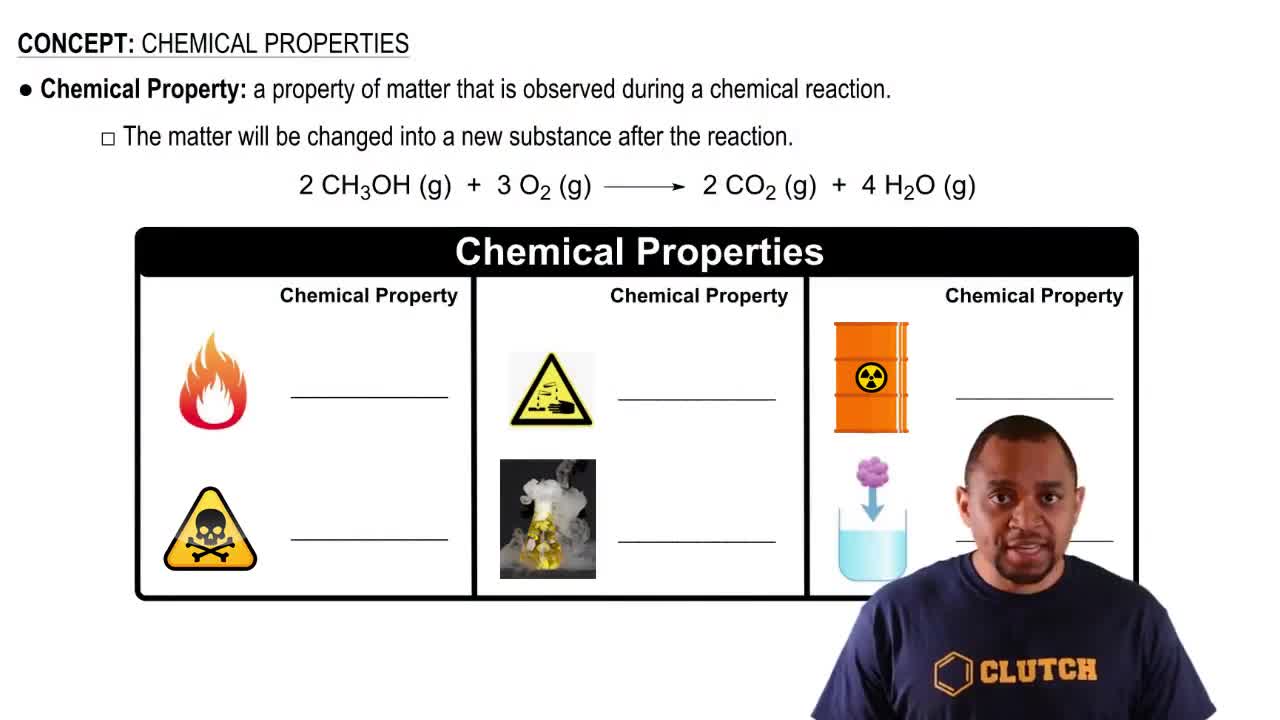Each of the following pairs of elements will react to form a binary ionic compound. Write the formula of each compound formed, and give its name. (c) Lithium and nitrogen
 McMurry 8th Edition
McMurry 8th Edition Ch.6 - Ionic Compounds: Periodic Trends and Bonding Theory
Ch.6 - Ionic Compounds: Periodic Trends and Bonding Theory Problem 77b
Problem 77bEach of the following pairs of elements will react to form a binary ionic compound. Write the formula of each compound formed, and give its name. (b) Potassium and sulfur
 Verified step by step guidance
Verified step by step guidance
Verified Solution
Key Concepts
Ionic Compounds

Valence Electrons

Chemical Nomenclature

Each of the following pairs of elements will react to form a binary ionic compound. Write the formula of each compound formed, and give its name. (d) Aluminum and oxygen
Each of the following pairs of elements will react to form a binary ionic compound. Write the formula of each compound formed, and give its name. (a) Sodium and iodine
Each of the following pairs of elements will react to form a binary ionic compound. Write the formula of each compound formed, and give its name. (c) Lithium and nitrogen
Each of the following pairs of elements will react to form a binary ionic compound. Write the formula of each compound formed, and give its name. (d) Barium and flourine
Element X reacts with element Y to give a product containing X3+ ions and Y2-ions. (a) Is element X likely to be a metal or a nonmetal? Explain.